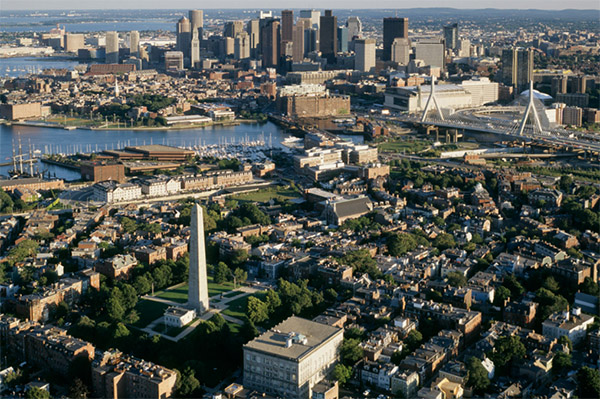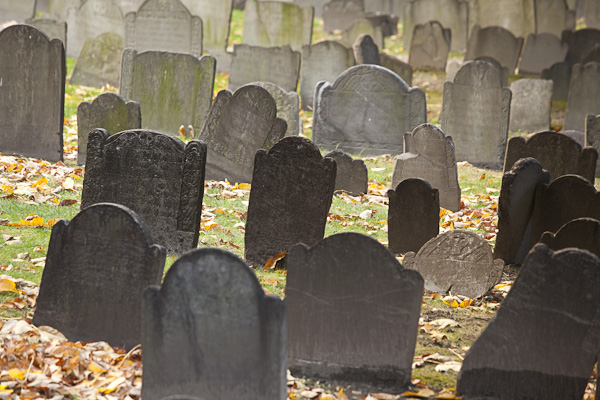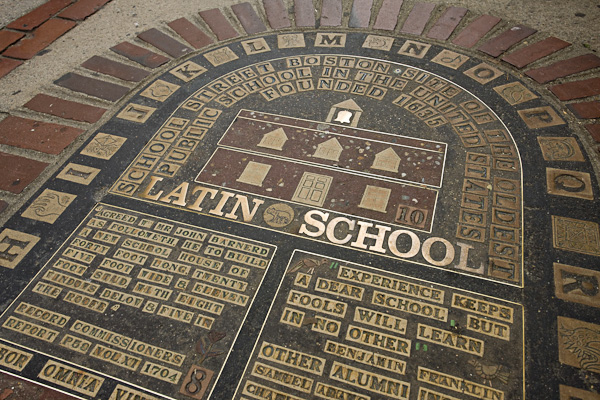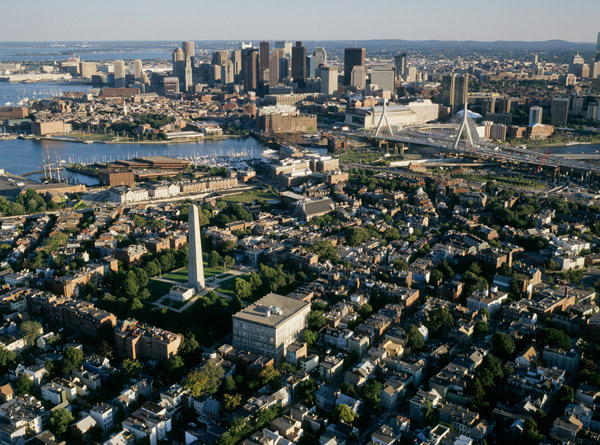 Aerial photograph looking over the Bunker Hill Monument, Charlestown, towards Boston, MA. The USS Constitution is at left. The famous battle took place June 17, 1775, on Breed’s Hill, on the right side of this photo.
Aerial photograph looking over the Bunker Hill Monument, Charlestown, towards Boston, MA. The USS Constitution is at left. The famous battle took place June 17, 1775, on Breed’s Hill, on the right side of this photo.
Tag Archives: tombstone
Copps Hill Burying Ground photo
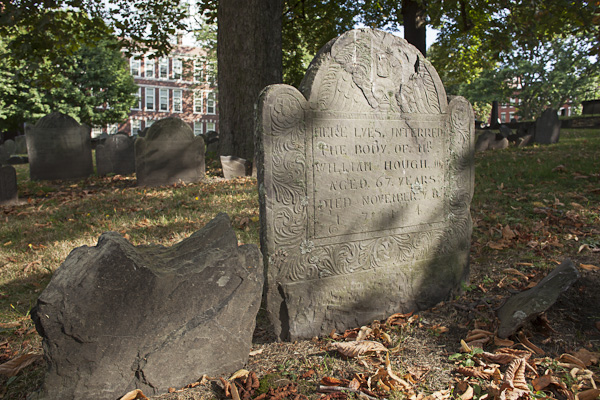 Tombstone of William Hough, 1714. Copp’s Hill, the Town’s second burying ground, was established in 1659 on a hill named for shoemaker William Copp. The site soon rivaled the Common as a public venue, hosting such spectacles as the 1704 execution of seven pirates. Cannons mounted near here shelled Charlestown during the Battle of Bunker Hill, 1775.
Tombstone of William Hough, 1714. Copp’s Hill, the Town’s second burying ground, was established in 1659 on a hill named for shoemaker William Copp. The site soon rivaled the Common as a public venue, hosting such spectacles as the 1704 execution of seven pirates. Cannons mounted near here shelled Charlestown during the Battle of Bunker Hill, 1775.
Copps Hill burying ground photo
Bunker Hill monument aerial photo
Granary Burying Ground photo
Latin School marker photo
In 1635, Boston established the first “public” Latin or Grammar School in America, resolving that Philemon Purmont, a shopkeeper, “be entreated to become a schoolmaster for the teaching and nourtering of the children with us.” The original Latin School was demolished in 1844 to make way for City Hall. This plaque decorates the sidewalk nearby.

